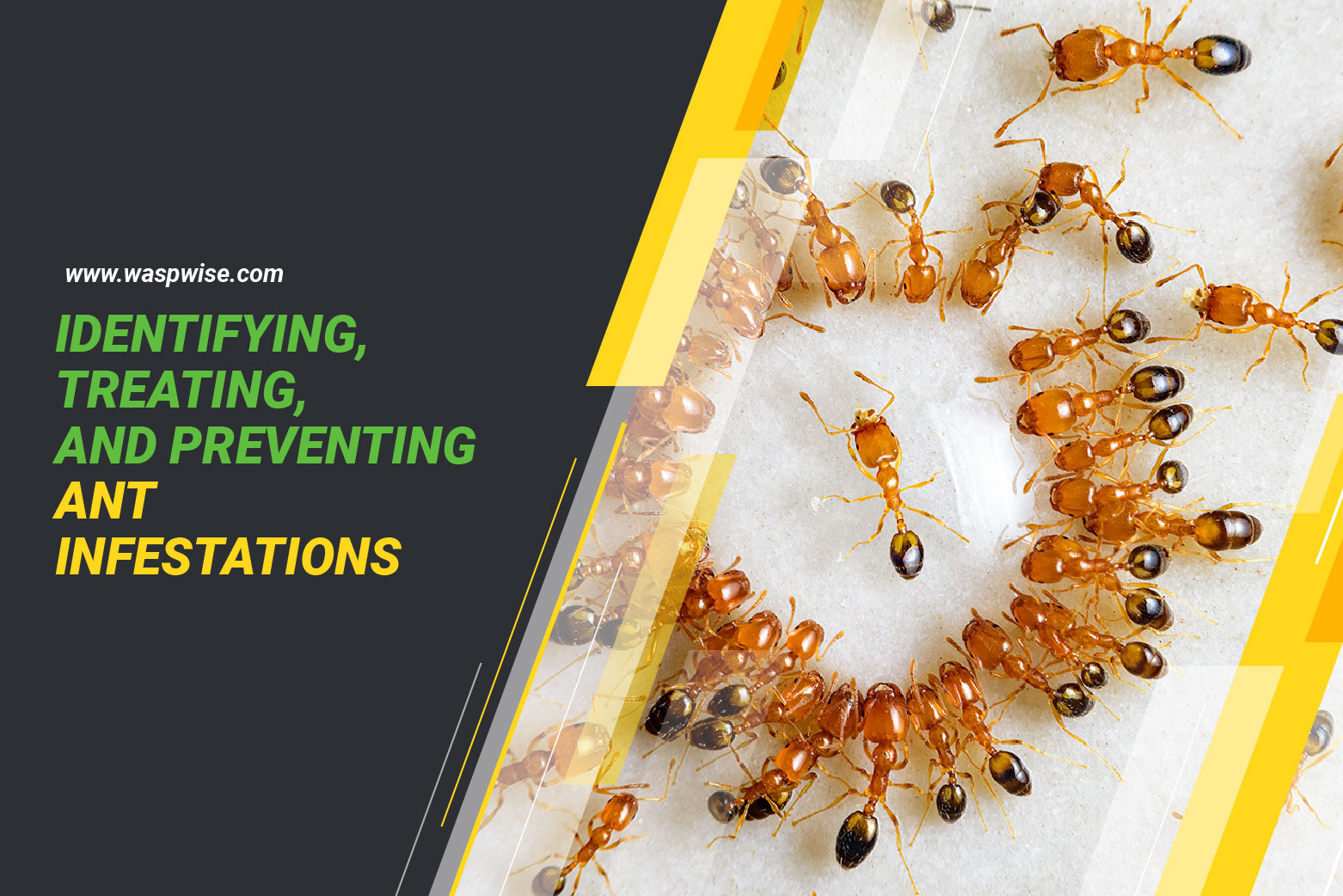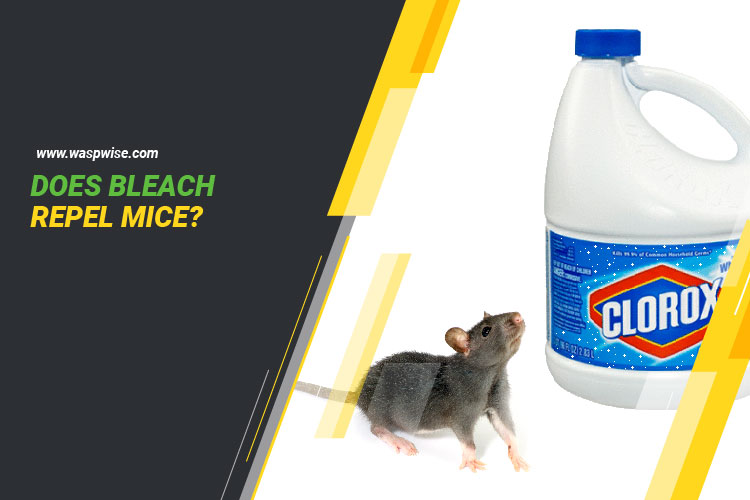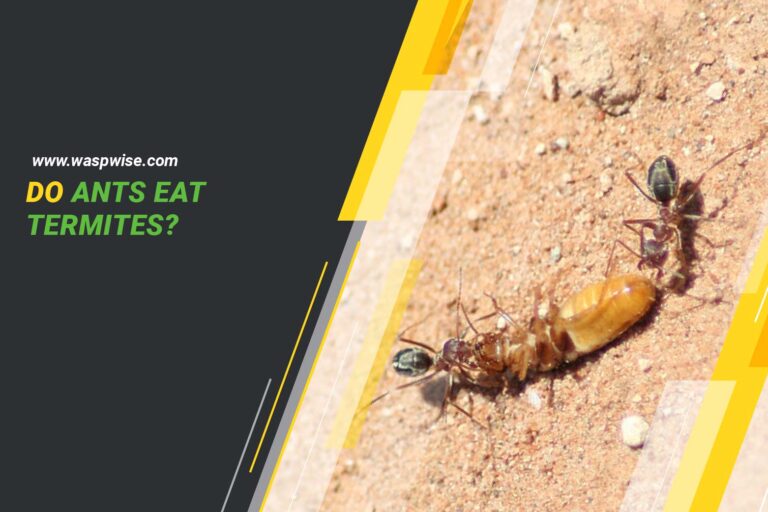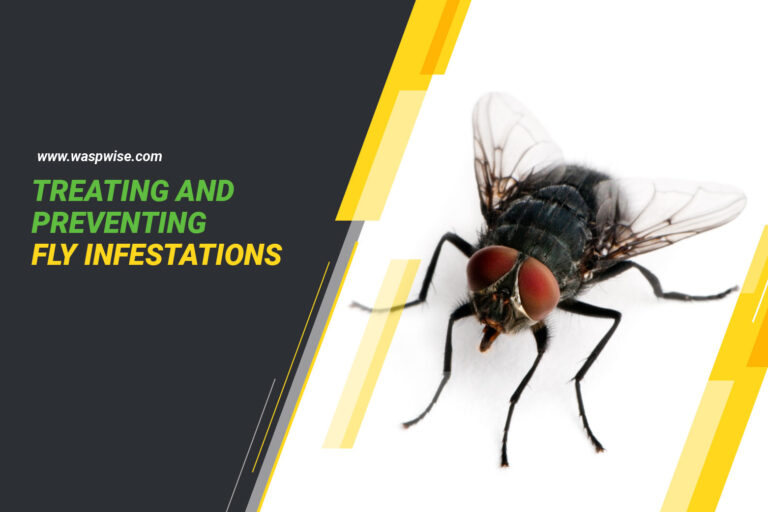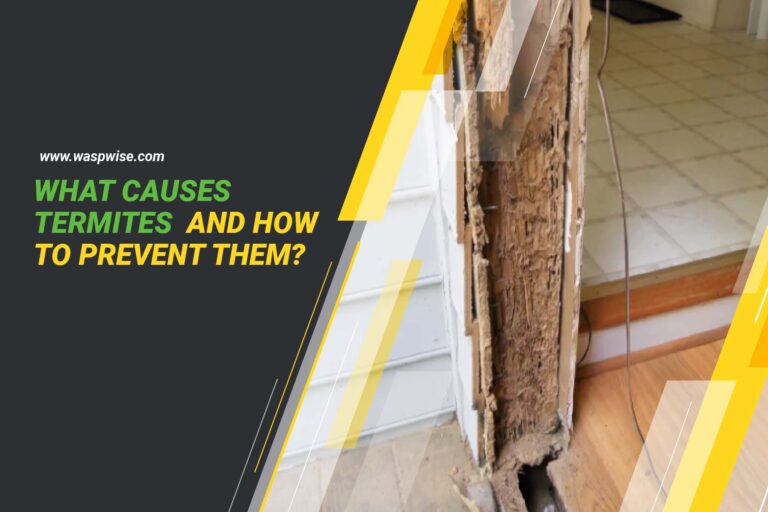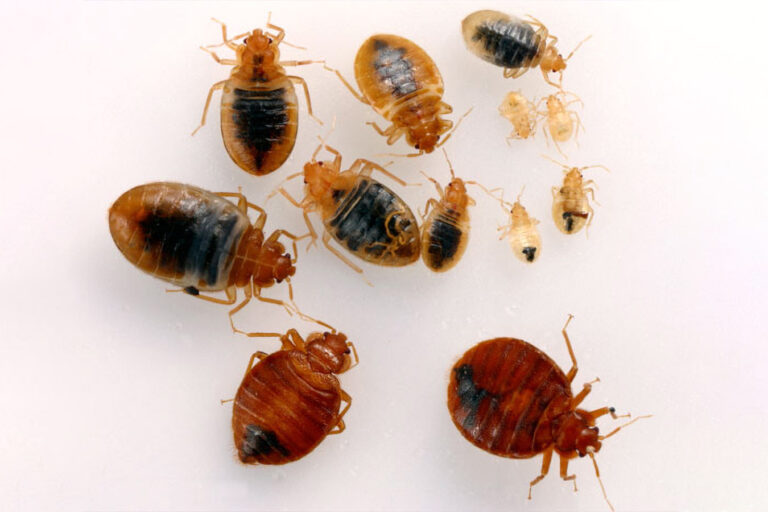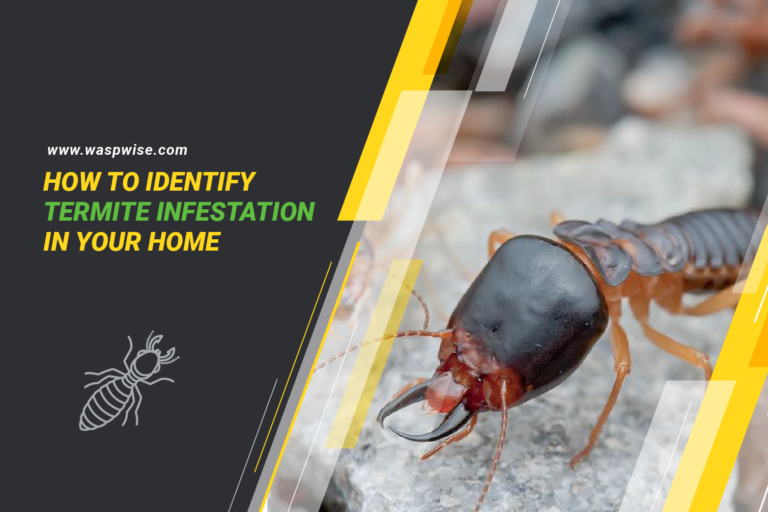YOUR GUIDE TO PREVENTING AND TREATING ANTS
Ants have a knack for turning our homes into their own personal colonies. Gain valuable insights into the different types of household ants, their nesting habits, and the common areas they target.
How to Identify Ants
Ants come in various species, each with distinct characteristics. Here are some key features to look for:
Size and Color: Ants vary in size and color. Common ant species include:
- Black ants: small in size (1/8 to 1/4 inch)
- Carpenter ants: larger in size (1/4 to 1/2 inch)
- Fire ants: reddish-brown and aggressive (1/8 to 1/4 inch)
Body Structure: Ants have three main body segments – the head, thorax, and abdomen. Their antennae are bent at a 90-degree angle, distinguishing them from termites.
Nesting Behavior: Observing ants’ nesting behavior can also help with identification. Some ants build mounds or hills in soil, while others create nests in wood or cracks in walls.
Life Cycle of Ants
An ant’s life cycle consists of four stages:
Egg Stage: Ant eggs are tiny and often difficult to spot with the naked eye. They are laid by the queen, who is responsible for reproduction within the colony.
Larvae Stage: Ant larvae emerge from the eggs and resemble small, white, legless worms. During this stage, they are fed by worker ants.
Pupa Stage: After the larvae molt several times, they enter the pupa stage. At this point, they are enclosed in a protective cocoon and undergo metamorphosis.
Adult Stage: Once the metamorphosis is complete, adult ants emerge from the pupae. They assume different roles within the colony, such as workers, soldiers, or reproductive ants.
Common Causes of Ant Infestations
Ant infestations can occur for various reasons. Here are a few factors that contribute to ant infestations:
Food Sources: Ants are attracted to food, especially sugary or greasy substances. Leaving uncovered food or crumbs can attract ants into your home or workplace.
Water Availability: Like any living organism, ants require water to survive. Leaky pipes, faucets, or standing water can attract ants seeking moisture.
Entry Points: Ants can enter your property through tiny cracks, gaps, or openings. Common entry points include doors, windows, and utility lines.
Outdoor Factors: Ants can be brought indoors when foraging for food or seeking shelter during extreme weather conditions. Yards with ant colonies or nearby vegetation can increase the likelihood of infestations.
How to Prevent Ant Infestations
Preventing ant infestations is key to maintaining a pest-free environment. Here are effective prevention measures:
Keep a Clean Environment: Cleanliness is crucial in deterring ants. Wipe down surfaces, vacuum regularly, and promptly clean up food spills or crumbs.
Seal Entry Points: Inspect your property for potential entry points and seal any cracks or gaps with caulk or weatherstripping. Pay attention to windows, doors, and utility openings.
Store Food Properly: Keep food stored in airtight containers, both inside and outside the refrigerator. Avoid leaving food exposed on countertops or tables.
Remove Standing Water: Fix any leaks or plumbing issues to eliminate water sources that attract ants. Ensure proper drainage in outdoor areas.
Trim Vegetation: Trim trees, shrubs, and plants that come into contact with your home or building. This prevents ants from using them as bridges to gain access.
Treating Ant Infestations
If you’re already dealing with an ant infestation, prompt treatment is necessary to eliminate them effectively. Here are some approaches to consider:
Natural Remedies: Some natural remedies can repel or kill ants. These include using vinegar, lemon juice, or essential oils like peppermint or tea tree oil along their entry points or nesting areas.
Bait Stations: Ant bait stations contain a sweet or greasy substance mixed with insecticide. The ants carry the bait back to the colony, effectively eliminating the entire population.
Insecticides: If the infestation is severe, professional-grade insecticides may be necessary. Consult with a pest control specialist to choose the appropriate treatment and follow safety instructions.
Ant Control FAQs
Q: Are ants harmful to humans?
A: While most ants are not harmful, some species can bite or sting, causing pain or allergic reactions. Additionally, ants can contaminate food if they come into contact with it.
Q: How long does it take to get rid of an ant infestation?
A: The time it takes to eliminate an ant infestation depends on the severity and treatment method used. It can range from a few days to several weeks.
Q: Can I prevent ants from returning after treatment?
A: Yes, by implementing preventive measures like maintaining cleanliness, sealing entry points, and eliminating food and water sources, you can reduce the chances of ants returning.

